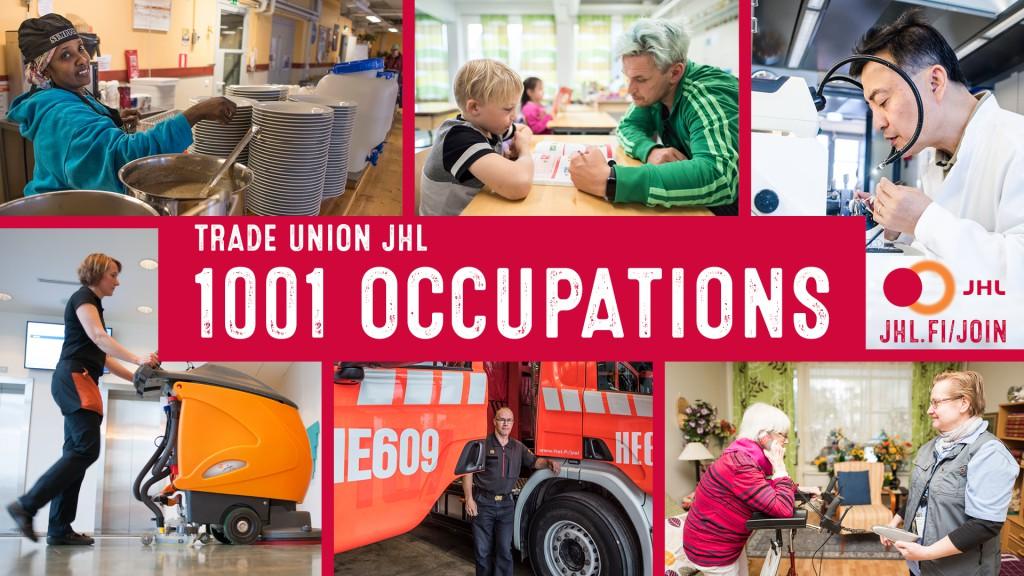Period without agreement to begin in many of JHL’s agreement sectors on 1 March – What does it mean?

In many of JHL’s agreement sectors, the agreement period will come to an end on 28 February. A so-called period without agreement will begin on 1 March in, say, the municipal sector, the Finnish state, the Evangelical Lutheran Church of Finland, and in the railway sector. Note that this will not lead to a “Wild West” in terms and conditions of employment.
The collective bargaining agreements (“ves”) and collective agreements (“tes”) concluded by JHL include stipulations on, say, pay, working hours, annual holidays and holiday pay. Agreements are concluded for a fixed-term period. When this period comes to an end, it marks the start of a period without agreement. The old collective bargaining agreement or collective agreement will be applied until the new one enters into force. However, the obligation of industrial peace will no longer be valid.
What the period without agreement means in practice
When the agreement period of a collective bargaining agreement or collective agreement comes to an end, the provisions of the old agreement apply as usual until a new agreement has been concluded. This is referred to as the “after-effect”. In practice, it means that
everyone goes to work as usual, and the terms and conditions of their employment comply with the old collective bargaining agreement or collective agreement.
When work is done during a period without agreement, the obligation of industrial peace no longer exists. The parties to an agreement may decide on industrial actions with which the opposing party is being pressured to agree to the goals of those applying pressure.
With no obligation of industrial peace, there will be an increased possibility of strikes
The obligation of industrial peace concerning general collective agreements is valid during the agreement period. This means that all industrial actions concerning the valid agreement are forbidden.
When the agreement period ends and the period without agreement begins, it also means the end of obligation of industrial peace. This means that industrial actions are possible. Each party will decide how industrial actions are put into practice by making administrative decisions. In JHL, these decisions are made by the union’s Executive Committee. In case new agreements are not concluded and the period without agreement is prolonged, industrial actions are very likely. The most common industrial actions of employees are a ban on overtime and shift swaps, and strike. As for employers, one example of industrial actions is a lockout. It prevents employees from entering their workplace.
Agreement period to end on 28 February / Agreement period has ended earlier
The agreement period of the following collective bargaining agreements or collective agreements concluded by JHL will end on 28 February:
– municipal sector (general collective agreement for the municipal sector, health and social services sector agreement, collective agreement for technical personnel, collective agreement for hourly-paid employees)
- the Finnish state
- the Evangelical Lutheran Church of Finland
- Avainta
- Seure
- Palta’s special sectors
- Finavia
- Finnpilot
- Meritaito
- Metsähallitus
- Campusta
- Raskone
- railway sector
- Finnvera
- salaried employees in the energy industry
- Defense Properties Finland/Senate Group
The collective agreement period of the following collective agreements ended on 31 January:
- Sports organisations
- Finnish Road Safety Council
- Cleanosol